Planning a new kitchen or updating your current one needs exact measurements. Knowing the right sizes ensures your project works well and looks good. Accurate planning helps avoid expensive mistakes during setup.

This guide covers key sizes for kitchen cabinets, including base units, wall storage, and tall pantries. Both pros and DIYers use these measurements for great results. The height of cabinets depends on their type and purpose.
Knowing these sizes is crucial, whether you're working with designers or doing it yourself. It affects everything from where you put countertops to where you place appliances. Smart planning makes sure your kitchen is perfect for cooking every day.
This guide offers the key measurements you need, from base unit heights to wall clearances. It gives you the expert advice you need for your project.
Understanding Kitchen Cabinet Types and Their Standard Heights
Kitchen storage comes in three main types, each with its own height needs. These types are key to every kitchen design and follow well-known standards.
Base cabinets are the base of your kitchen. They hold countertops and heavy items like pots and pans. They usually stand at 34.5 inches tall, making your kitchen work well.
Wall cabinets use vertical space well and keep your kitchen looking balanced. They go above countertops and store dishes and glasses. Their height can be 30, 36, or 42 inches, depending on your ceiling and storage needs.
Tall cabinets go from floor to ceiling, giving you lots of storage. They include pantry units, utility cabinets, and broom closets, usually 84 or 96 inches tall.
"Standardization ensures that kitchen cabinet sizes work seamlessly with appliances, countertops, and other components while maintaining cost-effectiveness across the industry."
The Kitchen Cabinet Manufacturers Association (KCMA) sets these height standards. They do this through testing and working together. This helps homeowners because it makes sure different parts fit well together.
Knowing about these three types is important. Each type has its own role in making your kitchen work well. The standard sizes help manufacturers make things efficiently and meet many storage needs in American kitchens.
How Tall Are Standard Kitchen Cabinets: Base Cabinet Dimensions
Base cabinets are key in every kitchen, with set sizes. They offer storage and support for countertops. Knowing the kitchen remodel dimensions is crucial for a well-functioning kitchen.
Standard sizes help cabinets from different brands fit together. This makes it easier to mix and match cabinets. It also ensures appliances fit well under countertops.
Standard Height of 34.5 Inches
The base cabinet height is a standard 34.5 inches. This includes the cabinet box and the toe kick space. The cabinet box itself is 30 inches tall.
This height is perfect for appliances like dishwashers and ranges. Countertops are usually 36 inches high, fitting the cabinet and a 1.5-inch countertop.
The 34.5-inch height is also great for most adults. It comes from ergonomic studies and user comfort tests.
Toe Kick Height and Countertop Thickness
The toe kick is important for comfort. It's a 4.5-inch recessed space that lets you stand closer to countertops. The toe kick is 3 inches back from the cabinet face.
Countertops are 1.5 inches thick. This adds to the total height, making it 36 inches from the floor.
- Cabinet box height: 30 inches
- Toe kick height: 4.5 inches
- Standard countertop thickness: 1.5 inches
- Total working height: 36 inches
These sizes ensure your kitchen works well with standard appliances. They also make working in the kitchen comfortable for most people.
Wall Cabinet Height Standards and Installation Guidelines
Wall cabinets are key in kitchen design, offering various heights for better storage. They hold dishes, glassware, and daily kitchen items. Knowing the right wall cabinet dimensions helps your kitchen work well and look good.
Choosing the right cabinet involves looking at ceiling height, storage needs, and kitchen size. Experts use these factors to design kitchens that are both useful and beautiful.
Standard Height Options: 30, 36, and 42 Inches
Wall cabinets come in three main heights for different ceilings and storage needs. Each height has its own design purpose and installation use.
- 30-inch cabinets: Great for 8-foot ceilings, offering enough storage without crowding small kitchens
- 36-inch cabinets: Best for 9-foot ceilings, giving more storage and better balance
- 42-inch cabinets: Made for 10-foot ceilings or when you need lots of storage, adding tall lines
Choosing a cabinet height changes your kitchen's look. Taller cabinets make the room seem taller, while shorter ones keep it cozy.
Installation Height Above Countertops
Installing cabinets right is key for function and safety. They usually go 18 inches above countertops. This space fits small appliances and keeps the area clear.
Installers place cabinets so the bottom is 54 inches from the floor. This allows for base cabinets, countertops, and space for under-cabinet lights. The 18-inch gap also helps with reaching across counters.
These cabinet depth standards and height rules make kitchens work better. They prevent bumping your head and make it easy to get to what's inside.
Tall Cabinet and Pantry Standard Dimensions
Tall cabinets are great for storing lots of things. They turn empty wall space into useful storage. They can hold pantry items or organize utilities.
Experts use standard heights for these cabinets. This ensures they fit and work well. There are two main heights, each good for different kitchen setups.

"Tall cabinets are the workhorses of kitchen storage, providing three times the capacity of standard wall units while maintaining the same floor footprint."
Standard Full-Height Cabinet Options
The 84-inch tall cabinet is the top pick for most homes. It fits well with 8-foot ceilings. It leaves room for crown molding or decorations above.
The 96-inch cabinet is best for homes with higher ceilings. It goes almost to the ceiling. But, you might need a step stool for the top shelves.
Both heights are 24 inches deep, like base cabinets. This makes the kitchen look smooth and connected.
Specialized Storage Solutions
Utility cabinets and broom closets are similar in height but have different inside setups. Adjustable shelving systems meet various storage needs. Pull-out drawers make it easy to reach items in lower spots.
Pantry units have special features like spice racks and can dispensers. These need careful planning to fit right. The right spacing makes everything work smoothly.
Where you put tall cabinets is key. Corner spots are good for pantries. Utility cabinets do well near where you use them.
Cabinet Width and Depth Standard Measurements
Knowing the standard measurements for cabinet width and depth is key for a well-designed kitchen. These sizes help fit cabinets with appliances and countertops. They also ensure cabinets from different brands fit together well.
Designers use these standards to make kitchens that work well. The same sizes make it easier to change or add cabinets later. They also help with matching hardware and drawer slides.
Standard Width Increments from 9 to 48 Inches
Cabinet widths increase in 3-inch steps to meet various needs. The smallest is 9 inches for small areas like spice racks. Common sizes are 12, 15, 18, 21, 24, 27, 30, 33, 36, 39, 42, 45, and 48 inches.
Base cabinets usually range from 12 to 48 inches wide. Wall cabinets also have the same widths for a uniform look. This 3-inch step helps designers fit cabinets to any wall size.
Base, Wall, and Tall Cabinet Depth Standards
Base cabinets are 24 inches deep to fit countertops and store items. This depth also ensures enough space behind appliances. It makes the workspace comfortable.
Wall cabinets are 12 inches deep to keep countertops clear. This depth also looks right and prevents bumping your head. Tall cabinets are 24 inches deep, but some pantries are 12 inches for tight spots.
These kitchen design standards make sure cabinets work with different brands and setups. They make ordering and installing cabinets easier. They also make it simpler to change your kitchen later.
Ceiling Height Impact on Cabinet Selection
The height of your ceiling is key when picking kitchen cabinets. It decides which sizes will fit and affects your kitchen's look. The right balance between ceiling and cabinets makes your kitchen look good and use space well.
Kitchen designs often fit within the height of your ceiling. The space you have affects your cabinet choices and how they're installed. Knowing this helps you plan your kitchen better.
8-Foot Ceiling Cabinet Options
Many homes have 8-foot ceilings, which limit cabinet sizes. You usually see 34.5-inch base and 30-inch wall cabinets. This leaves about 18 inches between the top of the cabinets and the ceiling.
This 18-inch space is useful in kitchen design. It's for crown molding and keeps the kitchen from feeling too small. People often decorate this area or use it for open display storage.
9-Foot and 10-Foot Ceiling Considerations
Higher ceilings offer more options for cabinets. Nine-foot ceilings fit 36-inch wall cabinets well. Ten-foot ceilings let you have 42-inch wall cabinets or stack them.
Taller ceilings also mean you can have 96-inch tall cabinets. These big units add a lot of storage. But, getting to the top shelves can be tricky, needing step stools or pull-down hardware.
| Ceiling Height | Recommended Wall Cabinet Height | Gap Above Cabinets | Storage Benefits |
|---|---|---|---|
| 8 feet | 30 inches | 18 inches | Standard storage with decorative space |
| 9 feet | 36 inches | 18 inches | Increased upper storage capacity |
| 10 feet | 42 inches | 12 inches | Maximum wall cabinet storage |
| 10+ feet | Stacked or 96-inch tall | Minimal | Floor-to-ceiling storage solutions |
Designers say it's important to keep the right balance, no matter the ceiling height. Balanced spacing between cabinets and ceiling makes your kitchen feel open and well-designed, not cramped.
Ergonomic Factors in Cabinet Height Planning
Knowing how people use kitchen cabinets helps in choosing the right height for a remodel. While standard sizes fit many homes, it's key to think about how people move and use the space. This is crucial when setting cabinet height measurements to meet specific needs and physical abilities.
User Height and Reach Considerations
Everyone's body is different, affecting where cabinets should go and how easy they are to reach. A 36-inch countertop works well for most people between 5'4" and 5'8". But, those who are taller might prefer 37-38 inch counters, and shorter folks might like 34-35 inches better.
When placing wall cabinets, it's important to think about reach. The top shelf should be no more than 72 inches off the ground for most people. This makes it easy to access without needing to stretch or use a step stool too often.
Important reach points include:
- Comfortable reach zone spans 30-44 inches from floor level
- Frequently used items should stay within easy grasp
- Upper cabinet doors should open without hitting users' heads
- Kitchen remodel dimensions must account for primary cook's height
Accessibility and Universal Design Standards
Universal design makes kitchens work for everyone, no matter their age or ability. This is very important in homes with older people or those with mobility issues.
Key accessibility features are:
- Lower cabinet shelves positioned 15-48 inches from floor
- Pull-out drawers and shelves for easier access
- Clear floor space of 30 by 48 inches in front of cabinets
- Lever-style handles instead of knobs for easier gripping
These considerations help make kitchens more inclusive. Proper planning ensures that cabinet height measurements meet current needs and future needs, making kitchens safer and more comfortable for all.
Custom Cabinet Height Options and When to Use Them
Kitchen cabinet planning often needs custom heights when standard sizes don't fit. This is true for unusual ceiling heights, architectural features, or specific needs. Custom options range from simple tweaks to fully tailored designs.
Experts suggest custom heights for unique storage needs. This includes fitting oversized appliances or creating special storage for tall items. Custom solutions also help meet specific aesthetic goals that standard sizes can't.

Semi-Custom Height Adjustments
Semi-custom cabinets offer height changes in 3-inch steps beyond standard sizes. This option is flexible and cost-effective through modified manufacturing. Most makers can adjust wall cabinets from 30 inches up to 48 inches in height.
These changes are great for 9-foot ceilings or fitting with existing cabinets. The cabinet measurement guide for semi-custom options shows lead times of 4-6 weeks. Costs rise by 15-25% compared to standard sizes.
Fully Custom Cabinet Solutions
Fully custom cabinets offer unlimited height options for unique situations. They fit sloped ceilings, unusual architectural features, or specific storage needs. Custom work needs detailed measurements and professional design advice.
Lead times for fully custom cabinets are 8-12 weeks. Costs can jump by 50-100% over standard options. Yet, these solutions perfectly match the room's architecture and boost storage efficiency.
| Option Type | Height Range | Cost Increase | Lead Time |
|---|---|---|---|
| Semi-Custom | 3-inch increments | 15-25% | 4-6 weeks |
| Fully Custom | Unlimited | 50-100% | 8-12 weeks |
| Standard | Fixed dimensions | Base price | 2-4 weeks |
Kitchen Layout Influence on Cabinet Dimensions
The way you arrange your kitchen affects the best cabinet heights for your space. Different kitchen setups bring unique storage needs and chances. Knowing how layout impacts kitchen design standards helps you choose better cabinets.
Every kitchen layout has its own benefits and drawbacks for cabinet placement. The space on walls, how people move, and the different zones all shape your cabinet height needs.
"The kitchen layout is the foundation that determines every other design decision, including cabinet proportions and heights."
Compact Layout Solutions
Galley and single-wall kitchens have special storage needs because of their small size. Tall wall cabinets help make the most of vertical space. This is key when there's less room for base cabinets.
In single-wall kitchens, tall pantry cabinets are a must for extra storage. The straight layout makes it simpler to keep cabinet heights consistent. Cabinet height requirements in these spaces focus on function over looks.
Flexible Multi-Wall Arrangements
L-shaped and U-shaped kitchens offer more freedom in choosing cabinet heights. These setups have more walls for different cabinet sizes. You can mix heights to add interest while still meeting storage needs.
Corner areas in these kitchens need careful height planning. Smooth transitions between cabinets depend on this planning. Islands and peninsulas might use standard base heights but could have raised breakfast bars.
The look of cabinet heights changes with longer cabinet runs. Taller units make extended wall cabinets look better, following kitchen design standards.
Professional Installation Standards and Clearances
Professional cabinet installation follows strict building codes and manufacturer specs. This ensures safety and function. It also keeps warranties valid and meets local laws. The job needs teamwork and careful planning to meet structural needs.
Licensed contractors know they must follow both national and local building rules. They take precise measurements and mount cabinets level. They also make sure cabinets are securely attached to walls, ready to hold weight over time.
Code Compliance Requirements
Building codes set safety standards for cabinet installations in homes and businesses. They outline what's needed for wall-mounted cabinets, like extra support for deep or tall ones. Cabinets must be attached to wall studs with the right fasteners for the weight they'll hold.
There are rules for electrical and plumbing clearances around cabinets. Electricians place outlets carefully to avoid cabinet door and drawer issues. Plumbers plan supply lines and drain connections to fit around cabinets without problems.
Accessibility standards affect cabinet height in commercial and universal design homes. These rules ensure enough space under cabinets and storage that's easy to reach for people with mobility issues.
Appliance Integration Standards
Appliance clearance rules set the distance between cabinets and big kitchen appliances. Range hoods must be 24 to 30 inches above cooking areas, based on the maker's rules and local codes. This ensures good airflow and keeps a safe distance from heat.
Dishwashers need specific cabinet openings for easy door use. Refrigerators require ventilation and electrical access without cabinet blockage. Installers plan these details early to avoid costly changes later.
Measuring and Planning Your Cabinet Layout
Kitchen cabinet planning needs careful measurements and attention to detail. Accurate measurements are key for a successful installation. They must account for your space's real conditions.
Essential Tools and Measurement Techniques
A good tape measure is your main tool for planning. Digital laser devices add precision for big spaces and hard spots. A level is also crucial for checking wall and floor levels.
A stud finder is vital for finding wall studs for cabinet mounting. Many use electronic models that find metal and wires. Always verify measurements at multiple points since walls and floors are rarely perfect.
Record any wall or floor irregularities in your kitchen. These common issues need adjustments to standard sizes. Measure at the top, middle, and bottom of each wall section.
Creating Accurate Cabinet Plans
Professional plans detail exact sizes, heights, and positions. Include cabinet depth standards for clearances and function. Mark electrical and plumbing spots on your plans.
Digital software helps see your layout and spot issues early. Many cabinet makers offer free planning tools. Make detailed drawings with both plan and elevation views.
Check all measurements before ordering cabinets. Double-check important sizes like appliance openings. Installers suggest noting wall conditions and needed size changes.
Conclusion
Knowing standard kitchen cabinet sizes helps homeowners make kitchens that are both useful and lovely. Most projects follow industry standards. Base cabinets are 34.5 inches tall, wall cabinets range from 30 to 42 inches, and tall ones are 84 to 96 inches.
But, a good cabinet guide looks at more than just height. It considers ceiling height, what you need, the kitchen's layout, and local building codes. These factors help create kitchens that families can enjoy for years.
Standard sizes offer flexibility and work well for most kitchens. But, custom solutions are needed for special cases or when accessibility is key. Getting professionals to install ensures everything fits right and is safe.
Renovating or just updating cabinets? Knowing the standard sizes helps a lot. Homeowners can talk better with contractors and make smart choices. This leads to kitchens that are both beautiful and practical.
Good planning starts with the right measurements and clear goals. Standard sizes are the base, but your needs guide the final choices. This way, kitchens meet their purpose perfectly.
FAQ
What is the standard height for kitchen base cabinets?
Kitchen base cabinets are usually 34.5 inches tall. This includes a 30-inch cabinet box and a 4.5-inch toe kick at the bottom. Adding a 1.5-inch countertop makes the total height 36 inches, perfect for most users.
How tall are standard wall cabinets?
Wall cabinets come in three main heights. For 8-foot ceilings, they are 30 inches tall. For 9-foot ceilings, they are 36 inches. And for 10-foot ceilings, they are 42 inches. Your choice depends on your ceiling height and storage needs.
What is the proper installation height for wall cabinets above countertops?
Wall cabinets should be 18 inches above the countertop. The bottom edge should be 54 inches from the floor. This space is good for small appliances and task lighting.
How tall are pantry and tall kitchen cabinets?
Tall cabinets and pantries come in two standard heights. For 8-foot ceilings, they are 84 inches tall. For 10-foot ceilings, they are 96 inches. The 84-inch height is common in homes and leaves room for crown molding.
What are the standard width measurements for kitchen cabinets?
Cabinets are made in widths from 9 inches to 48 inches. They increase in 3-inch increments. Common widths include 12, 15, 18, 21, 24, 27, 30, 33, 36, 39, 42, 45, and 48 inches.
How deep are standard kitchen cabinets?
Base cabinets are 24 inches deep for standard countertops. Wall cabinets are 12 inches deep to keep the work area clear. Tall cabinets are also 24 inches deep.
How does ceiling height affect cabinet selection?
Ceiling height affects the maximum cabinet height and the kitchen's look. For 8-foot ceilings, 30-inch wall cabinets fit well. For 9-foot ceilings, 36-inch cabinets work. And for 10-foot ceilings, you can choose 42-inch cabinets or stack them.
Can kitchen cabinet heights be customized for different user heights?
Yes, cabinet heights can be adjusted for comfort. A 36-inch countertop height suits users between 5'4" and 5'8". Taller people might prefer 37-38 inches, and shorter users might like 34-35 inches.
What building code requirements apply to kitchen cabinet installation?
Building codes require clear spaces around appliances. Range hoods need 24-30 inches above cooking surfaces. Codes also ensure cabinets are accessible and structurally sound.
When should I consider custom cabinet heights instead of standard dimensions?
Go for custom heights for unique ceiling heights, matching architectural features, oversized appliances, or specific accessibility needs. Standard sizes might not meet these requirements.
What tools are needed to measure for kitchen cabinet installation?
You'll need a tape measure, level, stud finder, and laser measuring device. Professional installers also consider wall and floor irregularities and ceiling height differences.
How do different kitchen layouts affect cabinet dimension choices?
Galley and single-wall kitchens benefit from taller wall cabinets for more storage. L-shaped and U-shaped layouts offer flexibility. Corner cabinets need special height planning for smooth transitions.
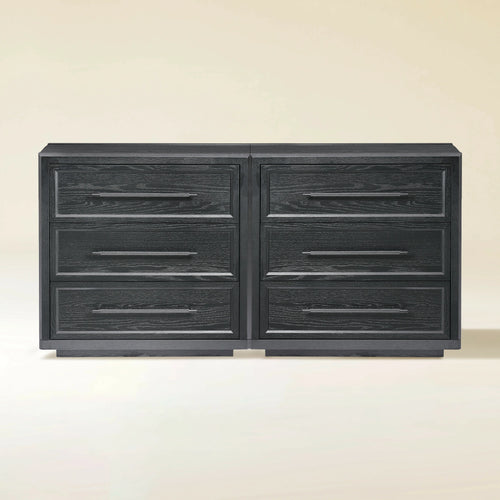

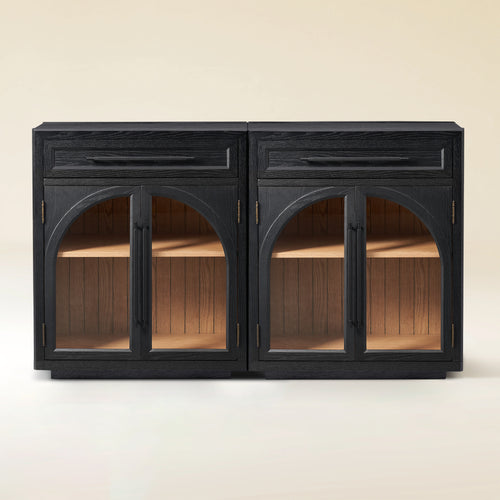
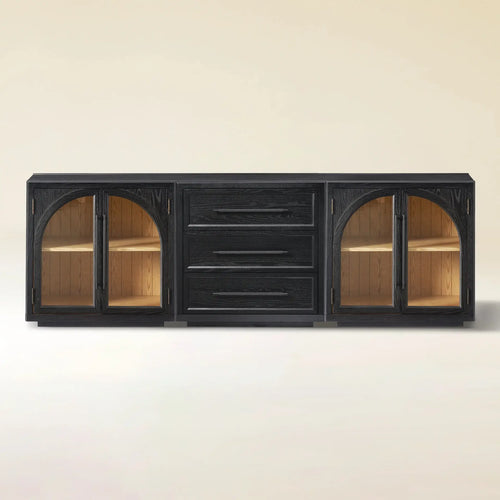
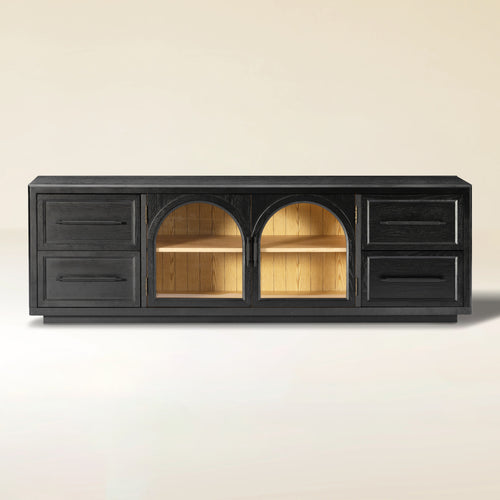
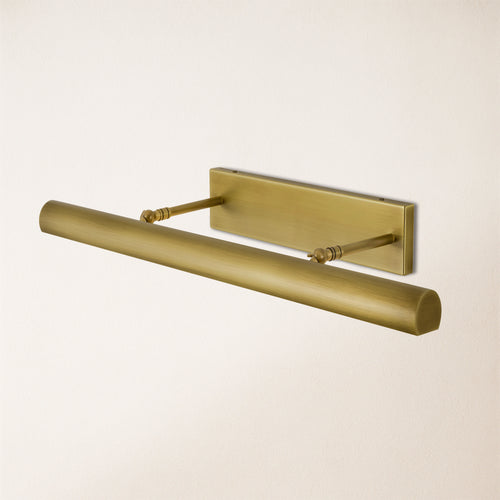




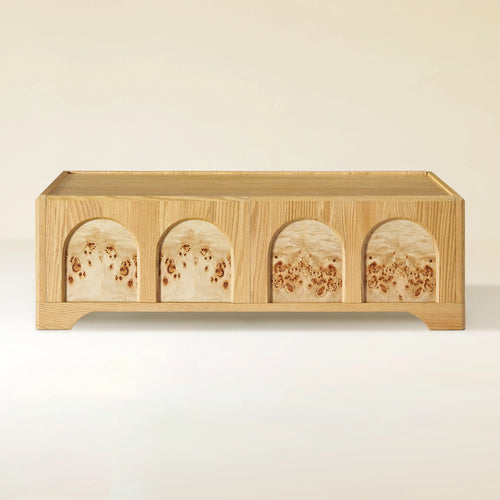
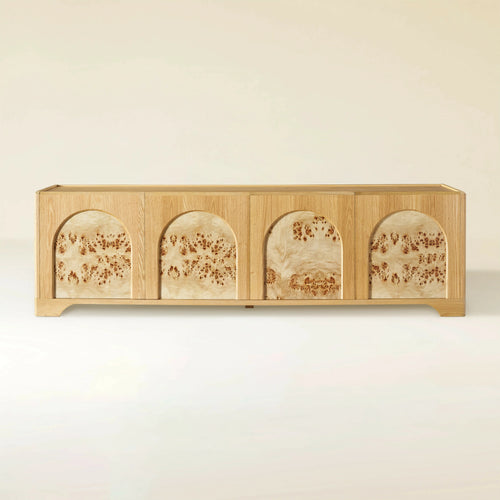
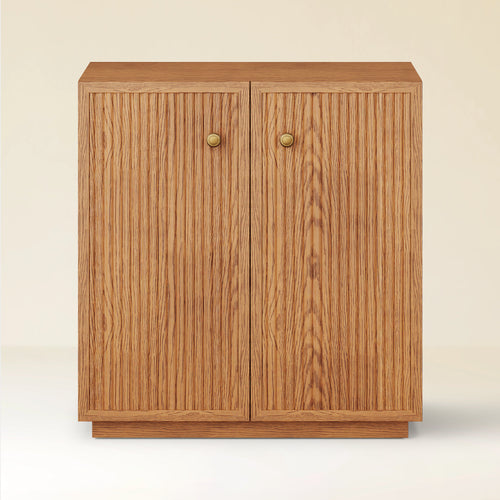
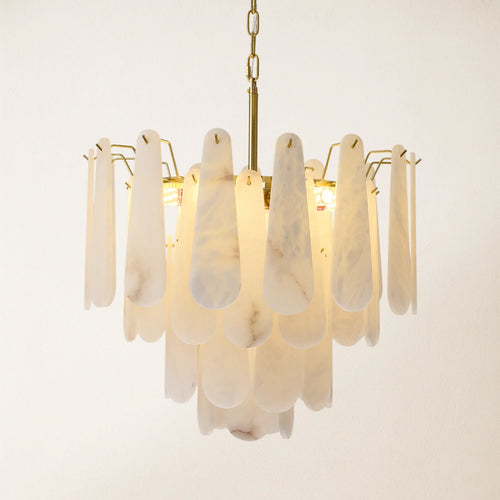
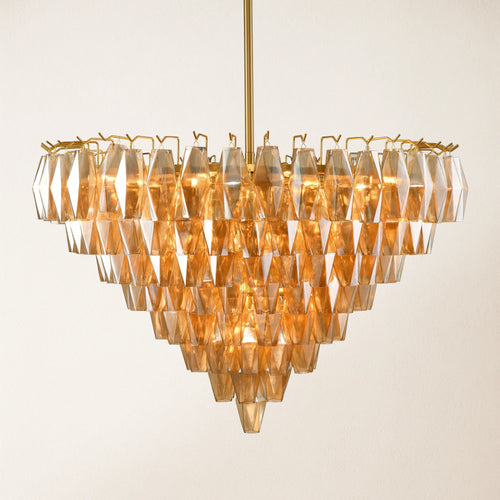
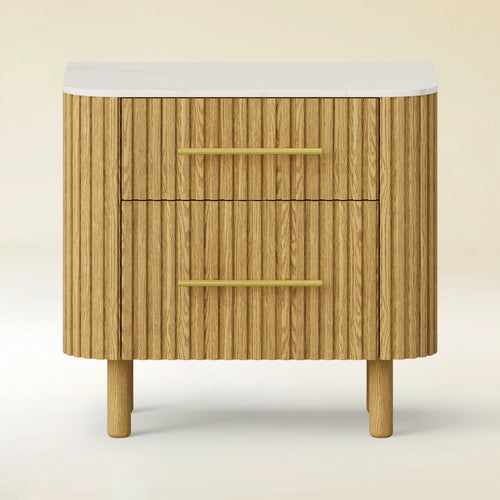
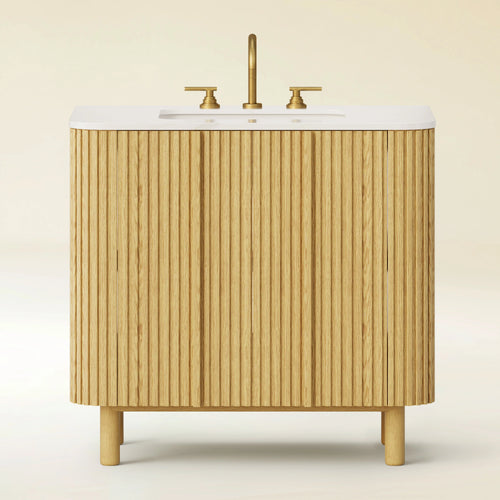
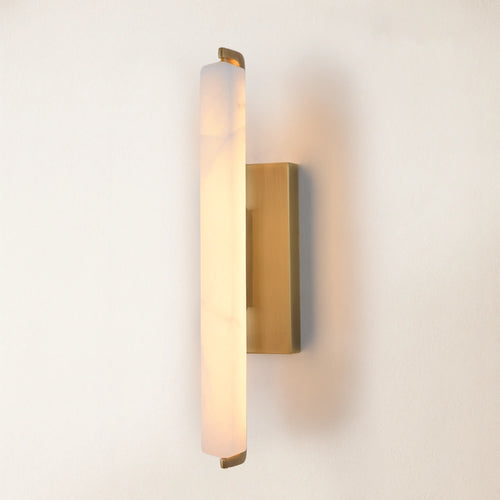
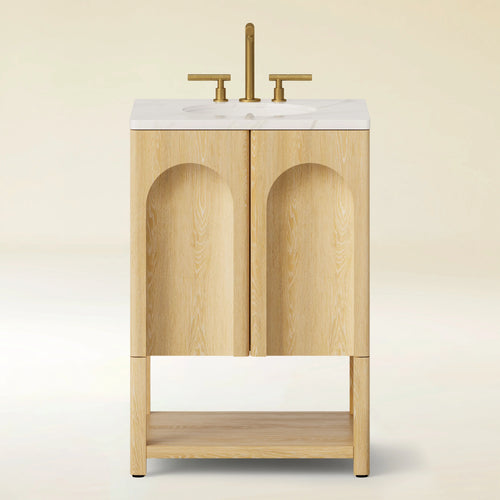
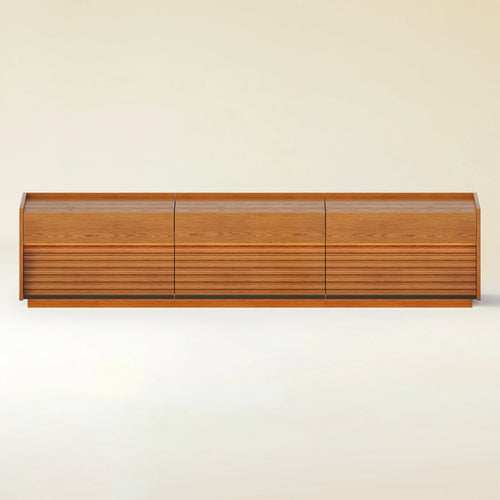
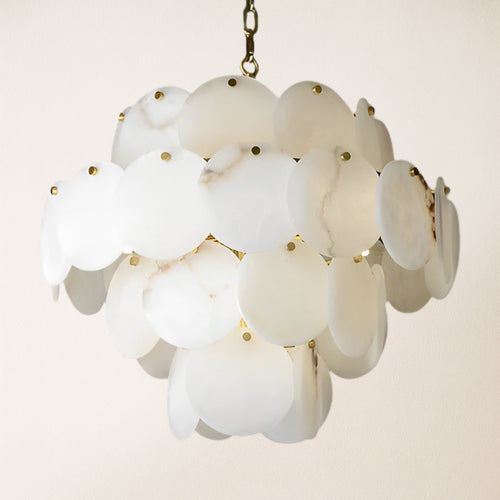
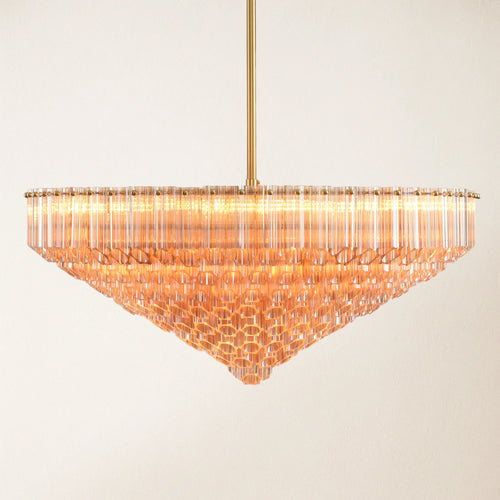
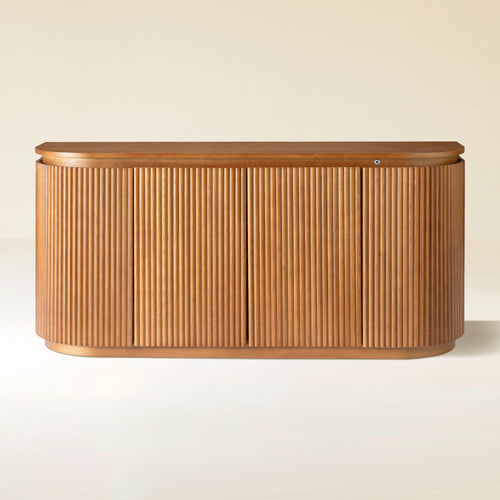
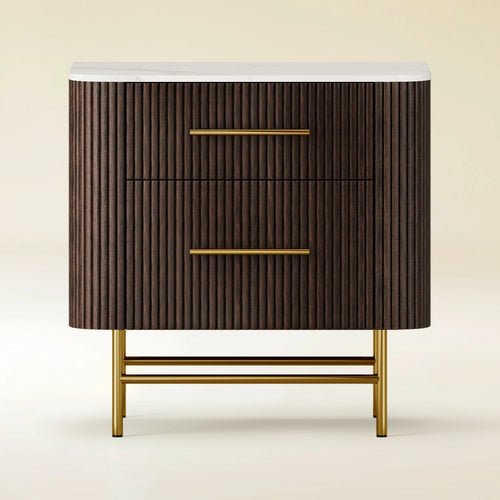
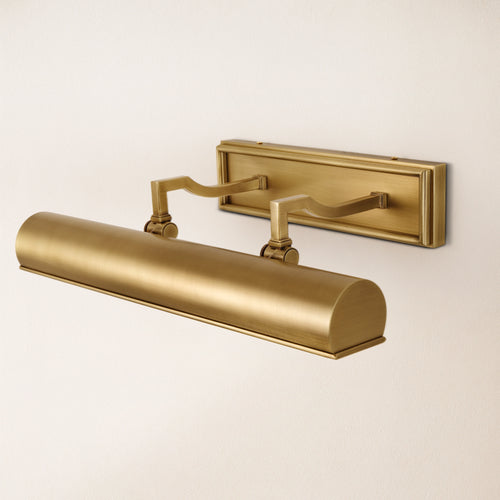
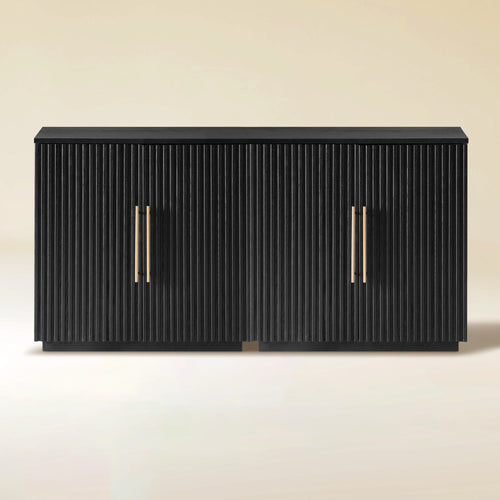
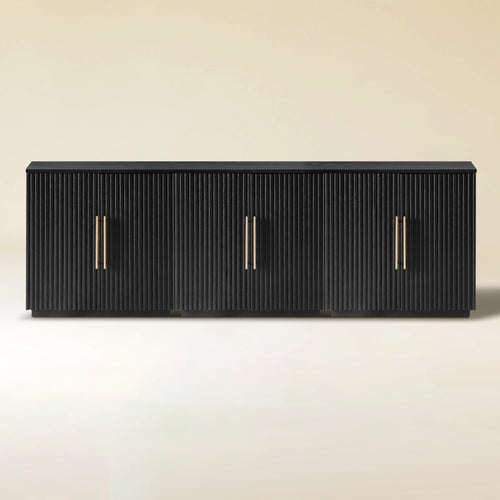
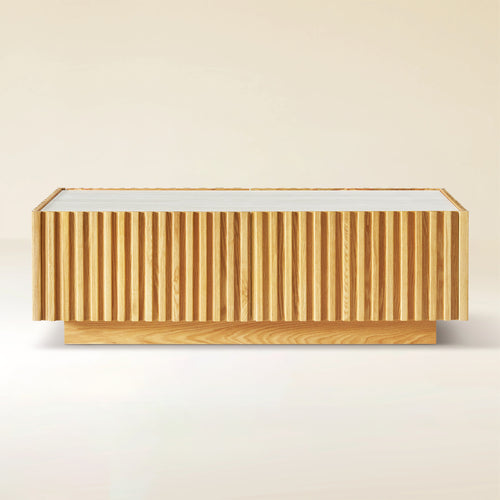
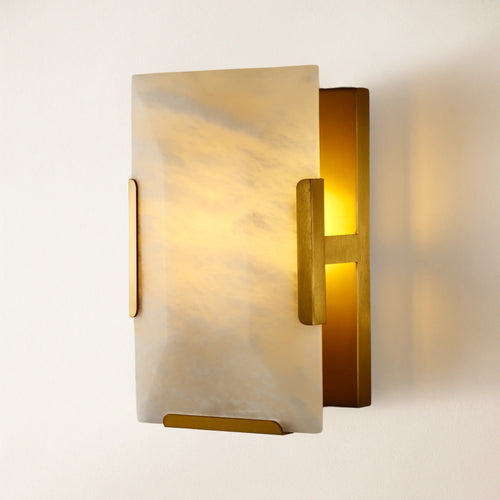
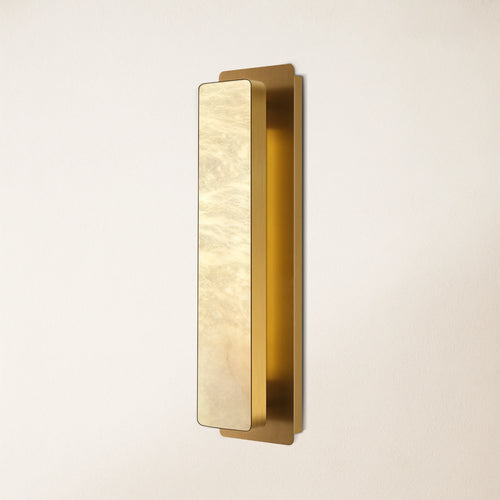
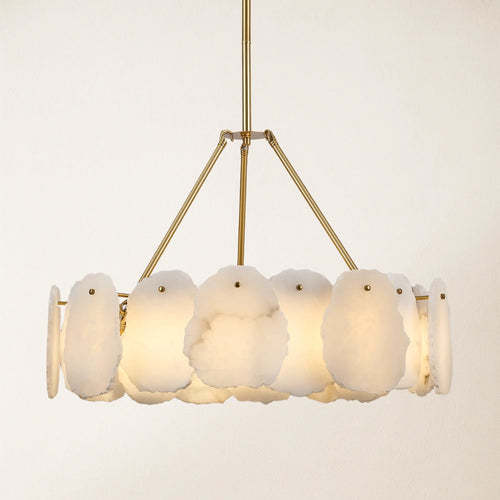


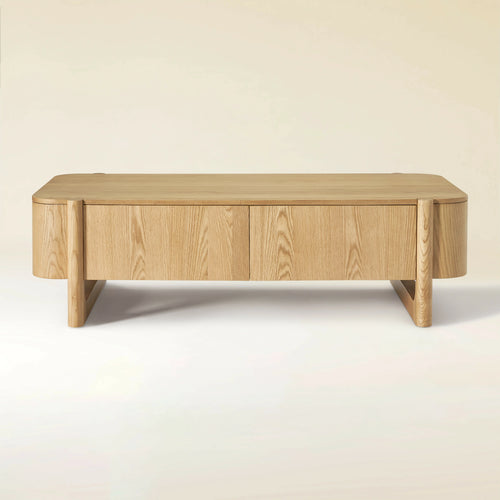
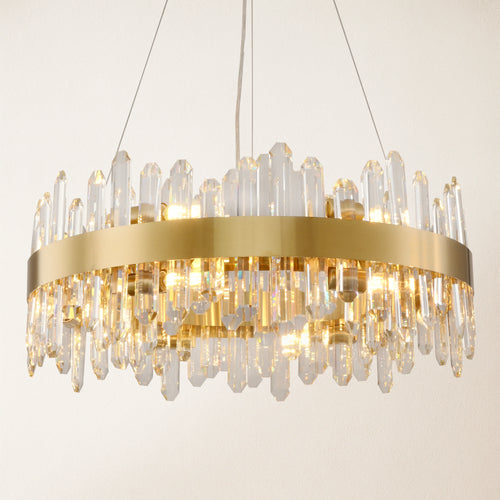
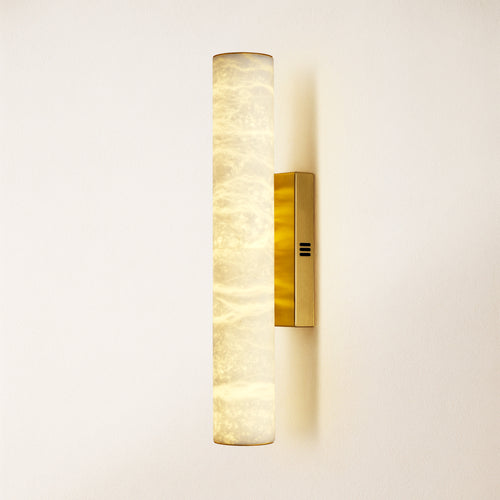
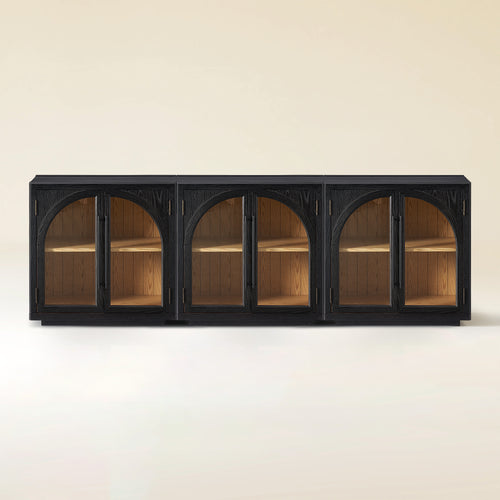
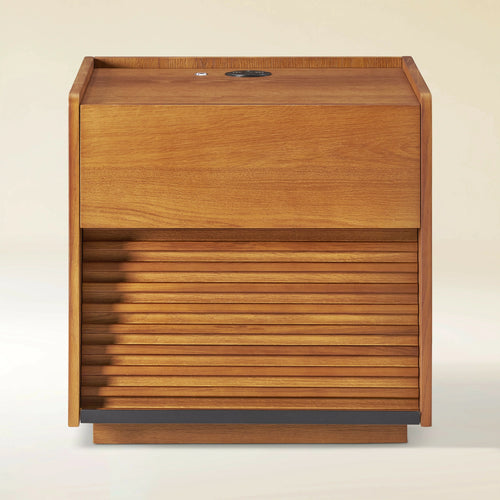
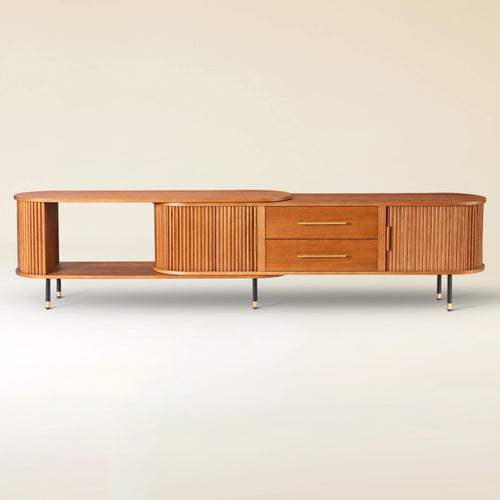
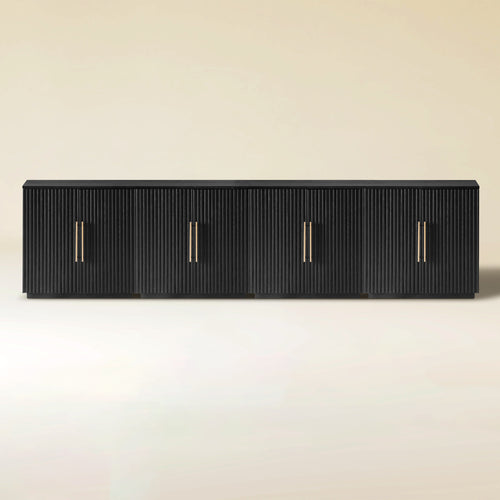
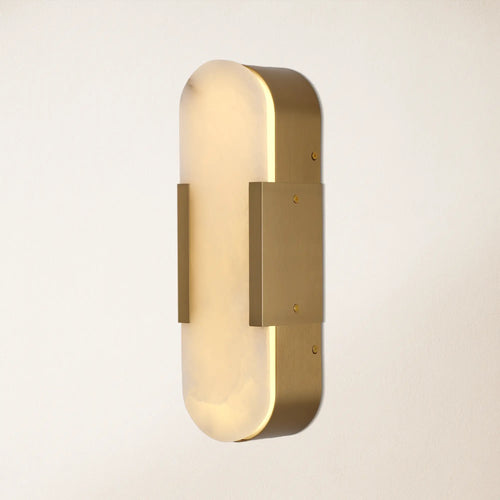
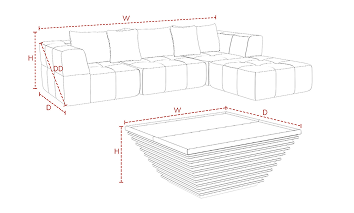

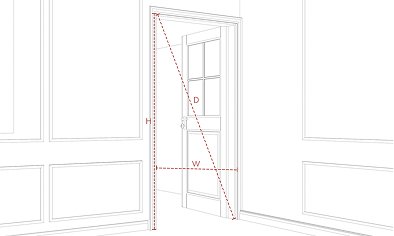

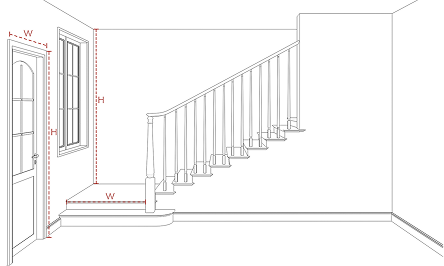
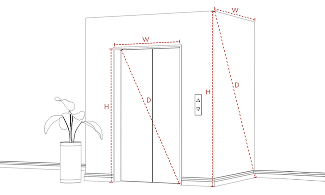
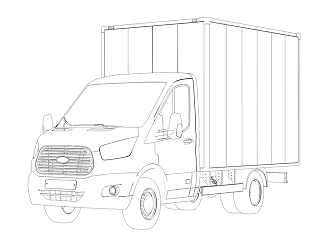












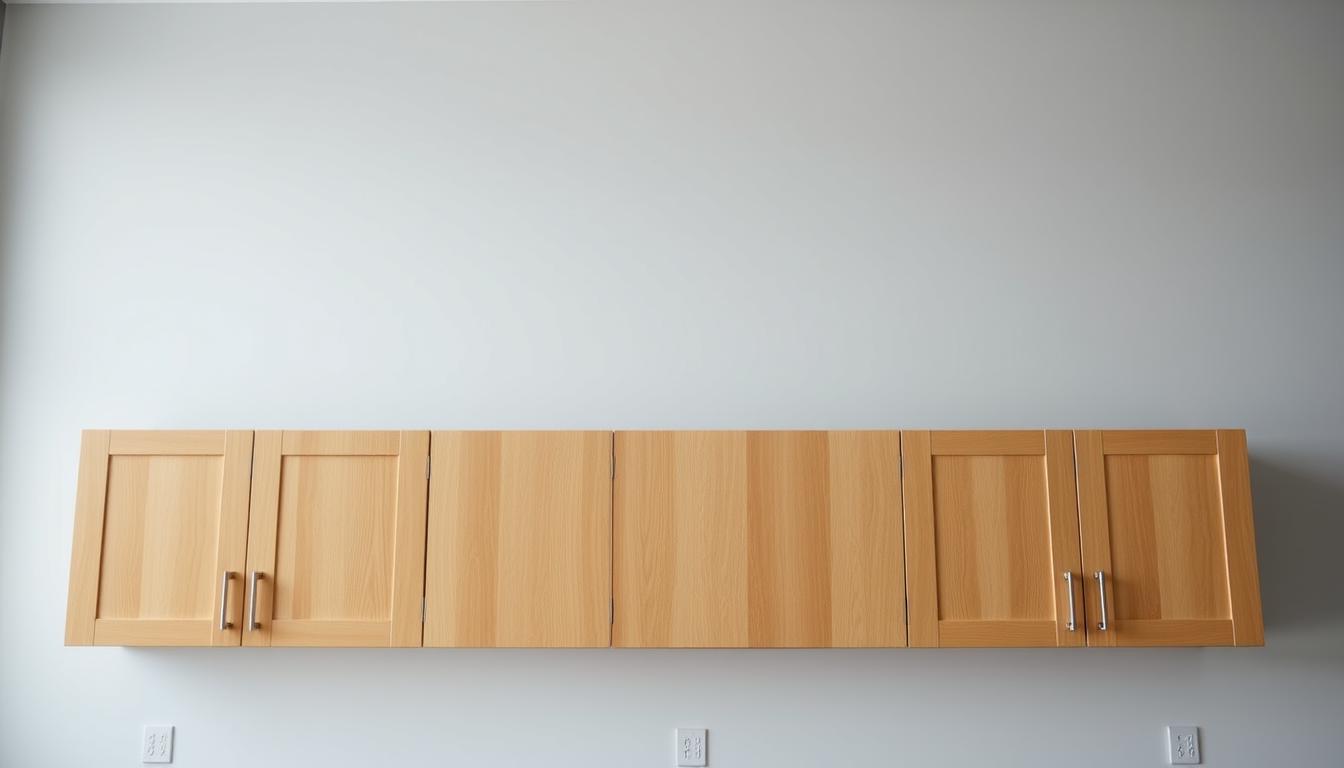
Share:
How Much Space Between Counter and Upper Cabinets Guide
How to Adjust Hinges on Cabinets - Quick Guide